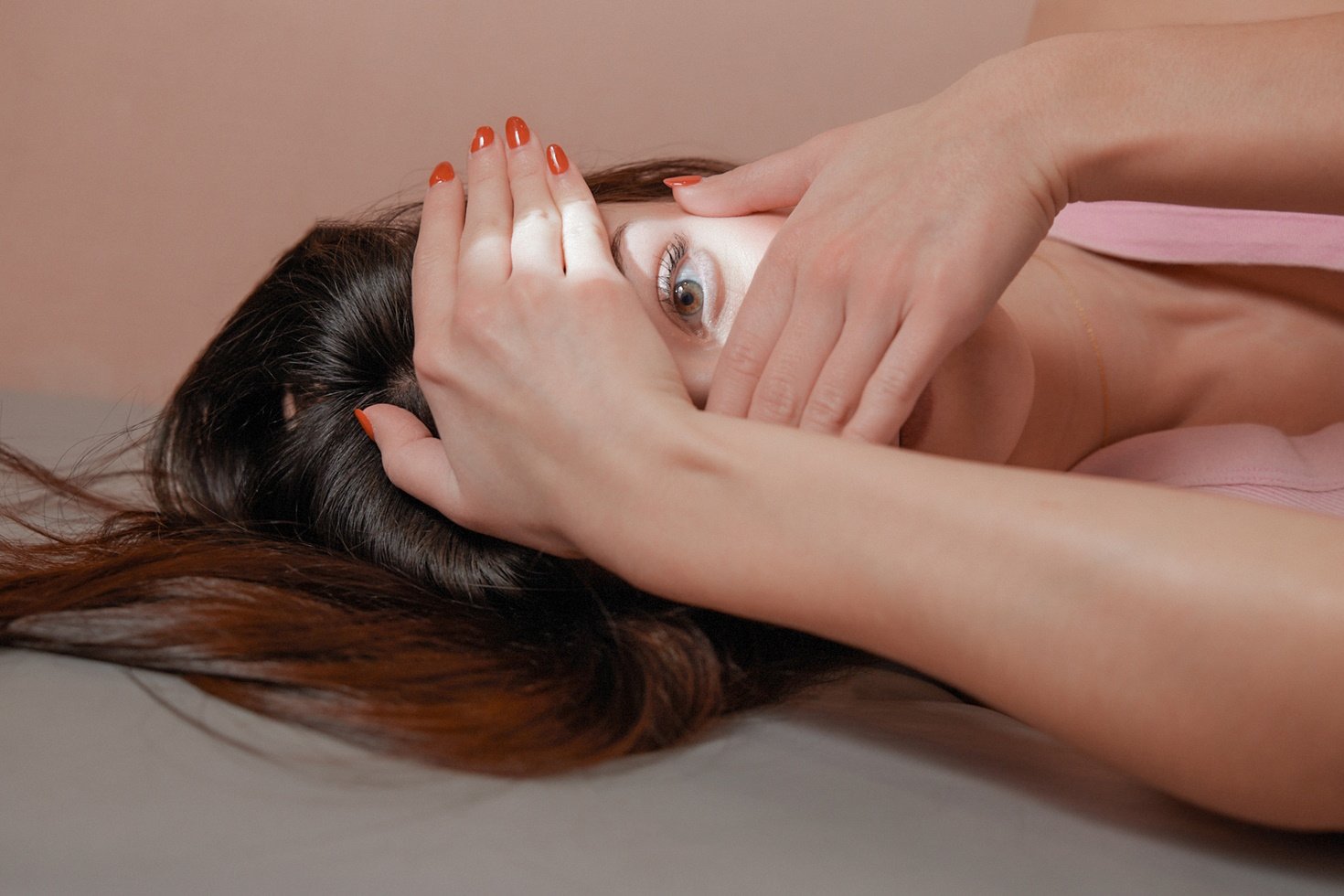Blog • Inspiration
3 Tactics for Combating Tipping Fatigue at Your Beauty Biz

By Shanalie Wijesinghe . Jan.27.2023
Share Article
How to build a more tipflation-resistant beauty business
Tipping fatigue is real, and it’s really impacting businesses. The growth of digital point-of-sale systems that include an option for tips, combined with the pandemic-driven urge to help out workers who kept the world running by leaving larger gratuities, left many Americans confused and tired of the feeling that they’re expected to tip more money just about everywhere.
This kind of issue affects everybody who does business, but it’s especially troubling for beauty businesses that relied on tips long before the frozen yogurt shop down the street started automatically asking customers for a 20% tip as the bare minimum. Regardless of what’s happening outside your doors, your employees still deserve fair compensation. Here are three tactics you can take right now to make your beauty business more resistant to tipping fatigue.
Fight tipping fatigue with a focus on service quality
Sure, it sounds basic, but hear us out. Our research shows that stylists in the 90th percentile of quality (the best of the best) tend to get tips 1.6% higher than the average in their city, and stylists in the bottom 10th percentile (the not-so-great) receive tips that are 1% lower on average. The quality of service that clients receive has a measurable impact on the size of the tip they tend to leave — which shouldn’t be a surprise, after all, because that’s how tipping’s supposed to work.
This is all a fancy and data-backed way to say that, despite shifting public attitudes toward tipping, the most reliable way to earn a bigger gratuity is to provide an excellent service. The client-stylist relationship is key, and it’s the whole business’ responsibility to create the kind of environment where that relationship can thrive. Think about what you can start doing today to make that environment even more effective, and it may not be long until you see the impact on tips.
Show a sensible range of tipping options
When clients pay with cash or credit card slips, the decision of what gratuity to leave is largely an internal one — complete with a brief pause for some mental math (or consulting a pocket tip calculator). One of the most appealing aspects of an all-digital point of sale system is the ability to make tipping at recommended percentages as easy as simply tapping a touchscreen button. But which percentages to recommend isn’t a decision to take lightly.
You could start your recommended tips at 20 percent and go all the way up to 30 or 40 on the higher end, and clients may feel compelled to tip more than they normally would just to complete the transaction quickly and courteously. On the other hand, they may feel as if they’re being unfairly pressured and decide to skip the tip entirely — and be less likely to return if the whole thing left a bad taste in their mouth. Most modern POS systems let clients punch in custom tips too, but presenting more modest defaults will make it less likely for that nasty (but nigh-universal) concept of psychological reactance to kick in.
Do away with tips entirely
Wait, put down the shears! We aren’t suggesting that stylists should be paid any less for their hard work. Instead, if your team is ready to try out alternative business models, you could consider removing the option for customers to leave tips and increasing the prices of your services to make up the difference.
Going tip-free requires a change in mindset but is hardly impossible to make work, as demonstrated by the whole parts of the world where tipping has never been customary. Just make sure you stick to your guns: Once you raise your prices to compensate for a lack of gratuity, your whole shop should be upfront about and committed to the no-tip policy. If some clients still insist on sneaking favorite stylists an extra $20 bill, that’s their business and isn’t worth making a scene over, but it can’t be the expectation.
Think you know what clients truly want? We surveyed 800+ beauty patrons to discover what matters most to potential clients. Here's what we found
Sign up for weekly blog updates.
